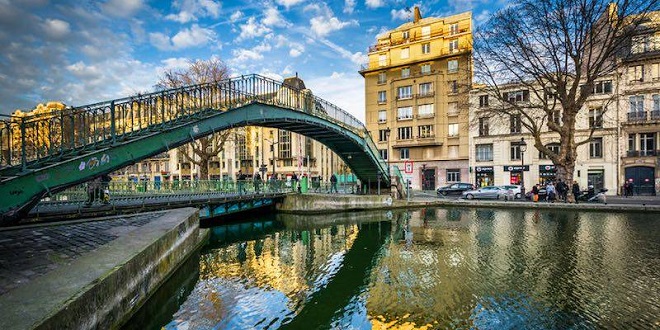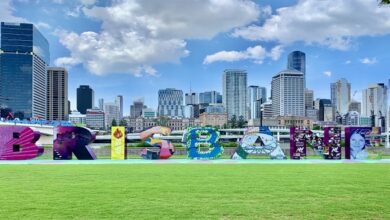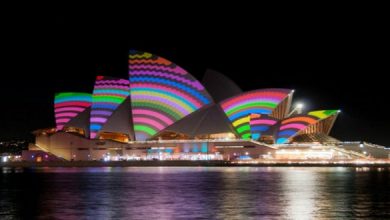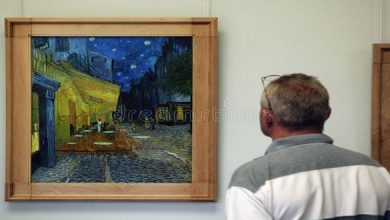Canal St-Martin and the 10th

If you step away from the grinding traffic of the main boulevards and flurry of commuters at Gare du Nord and Gare de l’Est, the 10th arrondissement is a charmer. Its meandering Canal St-Martin, a 19th-century waterway bordered by swaying chestnut and plane trees and overhung by iron footbridges, has become a magnet for picnickers, café-goers, retro-shoppers, and sun-seekers.
You might even see a fisherman dangling a line. Mariners can take to the water on one of the cruise boats that chart the locks and tunnels up to the Bassin de la Villette, while film buffs can scout the spot where Amélie Poulain skipped stones in the quirky 2001 French film, Amélie
Drift along Quai de Valmy for sustenance – a glass of wine with olive tapenade and taramasalata at supremely laid-back Chez Prune, or snap up a piece of colorful kitsch from Antoine & Lili. Follow Quai Jemmapes to Rue de la Grange aux Belles and on to the Hôpital St-Louis, which ranks with the buildings on Place des Vosges as one of the city’s best examples of brick and stone architecture.
Les Passages
In 19th-century Paris, the city’s shopping arcades, or passages couverts, were as much a fashionable place to show off as they were to shop. The emerging bourgeoisie was enamored by these glitzy, glass-roofed galleries, not least because of their bright lighting, heating, and shelter from the rain, and careening carriages of the busy streets outside. They also had cafés and restaurants where ladies of leisure could linger and people-watch.
One such arcade is Galérie Vivienne, which has been deftly restored with vaulted arches and columns, and brims with smart bistros and highend fashion boutiques, such as Jean-Paul Gaultier. One of the city’s oldest wine stores, the enchanting Legrand Filles et Fils, is also found here. Another of the city’s passages was fitted out in 1826 by two butchers, Véro and Dodat, with gaslights, mirrors, and black-and-white marble floors, and crowned with a glass roof interlaced with painted panels. Today it’s home to antiques shops, art galleries, and personalized couture make-up.
The Passage du Grand Cerf, with its three storys and aerial bridges, is the highest Parisian arcade and the place to pick up funky 1950s furniture and pretty pearl necklaces. One of the oldest remaining arcades, Passage des Panoramas, was built in 1800 and is the home of the stamp-collecting trade. Peruse old postcards and stamps here, and visit the bijou Théâtre des Variétés. Last stop is Passage Jouffroy, known for its waxworks museum (Musée Grévin) and historical monumentcum-budget lodging at the Hôtel Chopin.
Practical Information
- Galérie Véro-Dodat From 19 Rue Jean Rousseau to 2 Rue du Bouloi, Beaubourg and Les Halles; Métro: Louvre or Palais Royal
- Galérie Vivienne From 4 Rue des Petits-Champs to 6 Rue Vivienne, Opéra; Métro: Bourse;
- Passage des Panoramas From 10 Rue St Marc to 11 Bd Montmartre, Opéra; Métro: Richelieu-Drouot
- Passage du Grand Cerf From 145 Rue St-Denis to 10 Rue Dussoubs, Beaubourg and Les Halles; Métro: Étienne Marcel;
Passage Jouffroy From 12 Bd Montmartre to 9 Grange Batelière, Opéra; Métro: Richelieu-Drouot
Last word
Cool off at the Musée de l’Eventail, which showcases 800 fans, some centuries old, made by the Houguet family, France’s only remaining fan manufacturer





